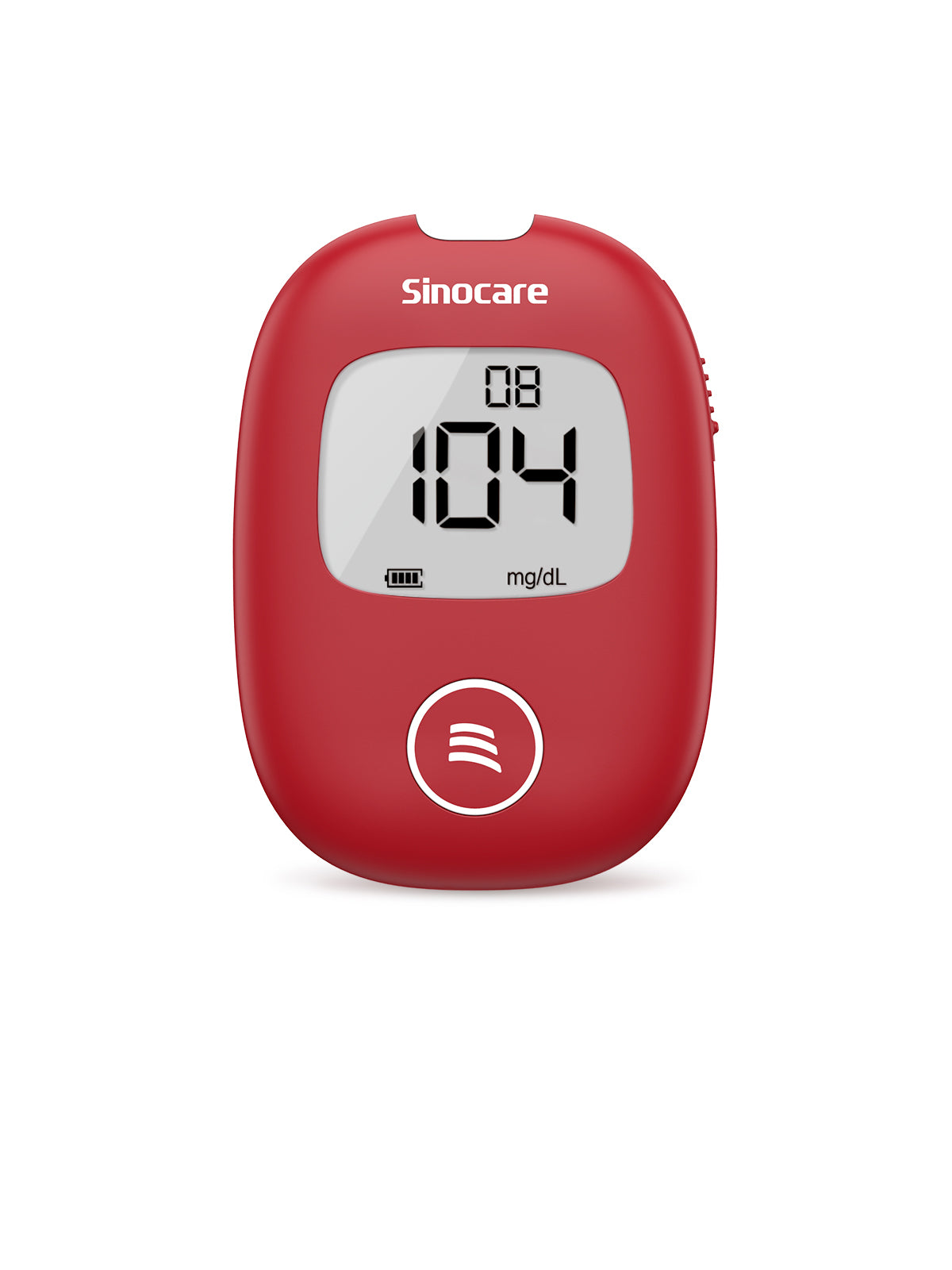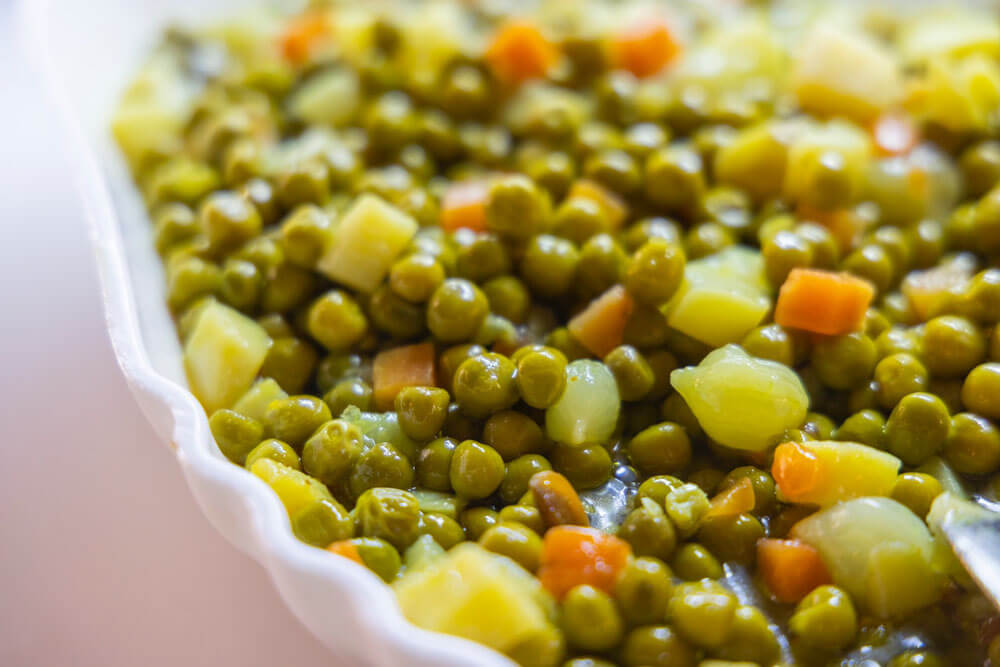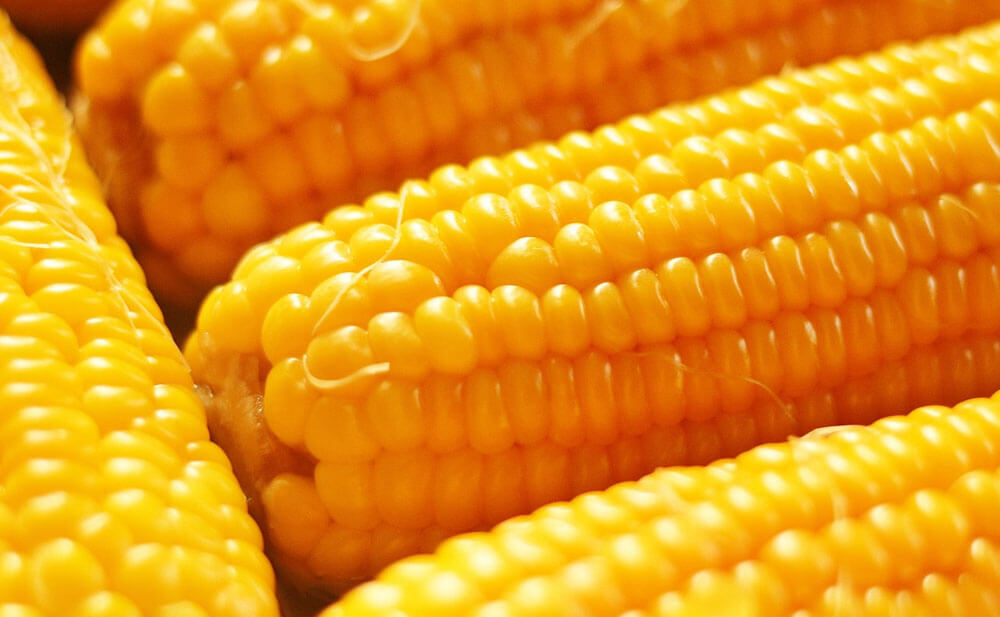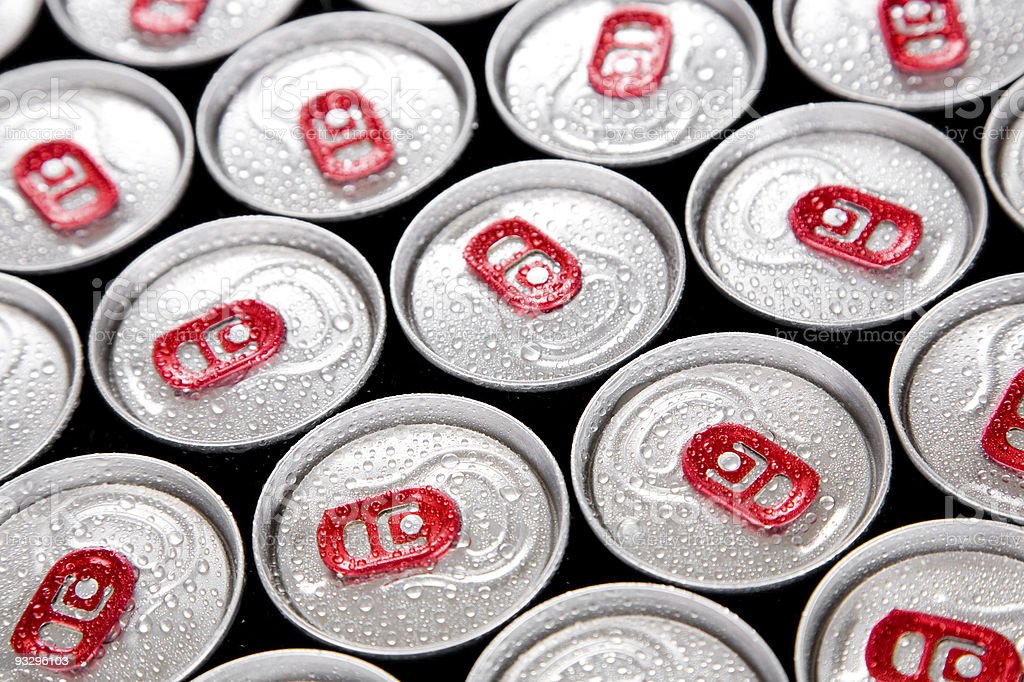Mushy Peas are a dish native to the United Kingdom, usually used as a condiment for fried foods, and made with very ripe boiled marrowfat peas and a little butter. Numerous brands offer canned mushy peas as a very popular and appreciated condiment on the market. However, to ensure long storage, they have some preservatives and dyes, in addition to sugar, that guarantees a barrier against developing dangerous botulinum toxins.
From a nutritional point of view, mushy peas can be a good choice when consumed alone, not as a seasoning for fried and fatty foods. Mushy peas contain a good amount of vegetable protein, very little fat, few calories and are rich in fiber and iron. So, there is no doubt that homemade mushy peas and good-quality packaged mushy peas (without a lot of salt, preservatives, and sugar are great choices). [1]
Benefits of Peas for Diabetics
Green peas are legumes that are low in sugar and calories but rich in vitamins and minerals, making them an ideal food for everyone. However, people with diabetes should take into account a particular aspect. Namely, most peas' calories come from carbohydrates, which could lead us to think peas may not be suitable for those who have diabetes. But they are complex carbohydrates and, in reduced quantities, little absorbed thanks to large amounts of vegetable fibers. Therefore, the carbohydrates in peas fail to cause glycemic peaks in the blood, which are dangerous and harmful for people with diabetes. Consequently, they can be considered safe and healthy, as long as consumed in moderation as for all foods. [2]
Nutrition Facts of Mushy Peas
From a nutritional point of view, mushy peas can be a good choice when consumed alone, not as a seasoning for fried and fatty foods. Mushy peas contain a good amount of vegetable protein, very little fat, few calories and are rich in fiber and iron. So, there is no doubt that homemade mushy peas and good-quality packaged mushy peas (without a lot of salt, preservatives, and sugar are great choices). [3]
To get an idea of how the nutritional content of mushy peas can change depending on the brand that produces canned and frozen mushy peas, here is a comparison of some of the brands on the UK market:
| BRAND/SUPERMARKET | TYPE | INGREDIENTS |
|---|---|---|
| Lockwoods Cook & Serve Mushy Peas | Frozen | Rehydrated Peas (99%), Bicarbonate of Soda, Pre-Soaked Processed Peas |
| Growers Harvest British Mushy Peas (Tesco) | Tinned | Processed Peas (90%), Water, Sugar, Salt, Colours (Copper Chlorophyllin Complex, Carotenes). |
| Batchelor's Mushy Peas Original | Tinned | Processed Peas (95%), Water, Sugar, Salt, Colours (E101, E133) |
| Harry Ramsdens Mushy Peas | Tinned | Rehydrated Processed Peas (95%), Water, Sugar, Salt, Colours (Riboflavin, Brilliant Blue) |
| Four Seasons Mushy Peas (Aldi) | Tinned | Processed Peas (95%), Water, Sugar, Salt, Colours: Riboflavin, Brilliant Blue Fcf. |
| Asda Mushy Peas | Tinned | Rehydrated Processed Peas (95%), Water, Sugar, Salt, Colours (Copper Complexes of Chlorophyllins, Carotenes) |
| Sainsbury's Mushy Peas Twinpack | Frozen | Rehydrated Marrowfat Peas (98%), Salt. |
| Morrisons Mushy Peas | Frozen | Rehydrated blue peas (98%), Salt |
| Morrisons Chip Shop Mushy Peas | Tinned | Marrowfat Peas, Water, Salt, Sugar, Colours (Copper Complexes of Chlorophylls and Chlorophyllins, Carotenes), Mint Extract |
data source: https://www.behealthynow.co.uk/nutrition/are-mushy-peas-healthy/
Can Diabetes Eat Mushy Peas?
Depending on the type of mushy peas consumed, these can be more or less healthy and suitable for people with diabetes. Peas are ideal for diabetics, and even mushy peas can be appropriate according to their nutritional value, which varies from excellent for those prepared at home naturally and straightforwardly up to unhealthy for economic ones and unknown brands (high in salt, sugars, and preservatives). [4]
Tips for Making and Eating Mushy Peas
Therefore, homemade mushy peas are often the best and healthiest if made following a traditional and simple recipe, free of preservatives and added sugars; therefore, knowing a good recipe to make them at home can be a good choice. A simple recipe to make is the one presented by BBC with dried peas to soak in water overnight, boil, and finally crushed. Another recipe, a little more elaborate but always as simple as the previous one, is this one where you can also find an excellent overview of the origin of marrowfat peas and mushy peas.
On the web, you can find many high recipes developed to make mushy peas at home but be careful: the simpler the recipe, the healthier it is, and especially recipes that include extra high-calorie ingredients should be avoided.
Frozen Peas or Canned Peas, which is better for diabetes?
To be moisturized at home by soaking, buying dried peas is probably the best choice. But if you want to make mushy peas at home when you have little time available, then you must rely on ready-made solutions on the market, such as frozen or canned peas. Frozen peas are essentially fresh peas frozen "as is" within a few hours of harvesting, so storage is done at a low temperature, and there is no need to add preservatives or extra ingredients.
Canned peas, on the other hand, are peas already partially boiled and sealed in a box, with the addition of additional ingredients such as salt, sugars, and any preservatives useful to ensure a sterile and long-lasting packaging. Therefore, the same rule applies to canned mushy peas. These can be more or less healthy depending on the brand purchased; thus, reading the label affixed to the package is always good.
Green Peas, Snow Peas, or Snap Peas, which one is better for diabetes?
Green peas, as seen, are legumes low in carbohydrates and rich in vitamins and other nutrients ideal for people with diabetes. However, green peas are not the only peas on the market. But you can find other types such as snow peas and snap sugar peas; both are peas with a crunchy consistency, with the possibility of eating the pod, and are very sweet despite being low in carbohydrates, therefore perfect for diabetics.
The nutritional table of these peas is similar to that of green peas. [5] They are rich in vitamins, iron, and fiber, essential elements for a healthy diet. So, whatever type of peas you choose will always be a good choice. [6]
Final Thoughts
Regardless of the preferred type, Peas are a healthy and nutritious food, both if consumed naturally and as a mushy peas dish. For those who have little time, packaged mushy peas are the quickest solution, but it is good to pay attention because not all packaged mushy peas are the same. Homemade mushy peas are the healthiest because you can choose the ingredients to add, thus keeping the recipe simpler and more natural. Peas or mushy peas are always a good choice.
References
[1] https://www.behealthynow.co.uk/nutrition/are-mushy-peas-healthy/
[2] https://www.thediabetescouncil.com/are-peas-good-for-diabetes/
[3] Bouchenak, M., & Lamri-Senhadji, M. (2013). Nutritional quality of legumes, and their role in cardiometabolic risk prevention: a review. Journal of medicinal food, 16(3), 185–198. https://doi.org/10.1089/jmf.2011.0238
[4] Wang, M., Chen, X., Dong, L., Nan, X., Ji, W., Wang, S., Sun, W., & Zhou, Q. (2021). Modification of pea dietary fiber by ultrafine grinding and hypoglycemic effect in diabetes mellitus mice. Journal of food science, 86(4), 1273–1282. https://doi.org/10.1111/1750-3841.15669
[5] Parmar, N., Singh, N., Kaur, A., Virdi, A. S., & Thakur, S. (2016). Effect of canning on color, protein and phenolic profile of grains from kidney bean, field pea and chickpea. Food research international (Ottawa, Ont.), 89(Pt 1), 526–532. https://doi.org/10.1016/j.foodres.2016.07.022
[6] https://diabetesmealplans.com/10676/sugar-snapsnow-peas-and-type-2-diabetes/










Leave a comment
All comments are moderated before being published.
This site is protected by hCaptcha and the hCaptcha Privacy Policy and Terms of Service apply.